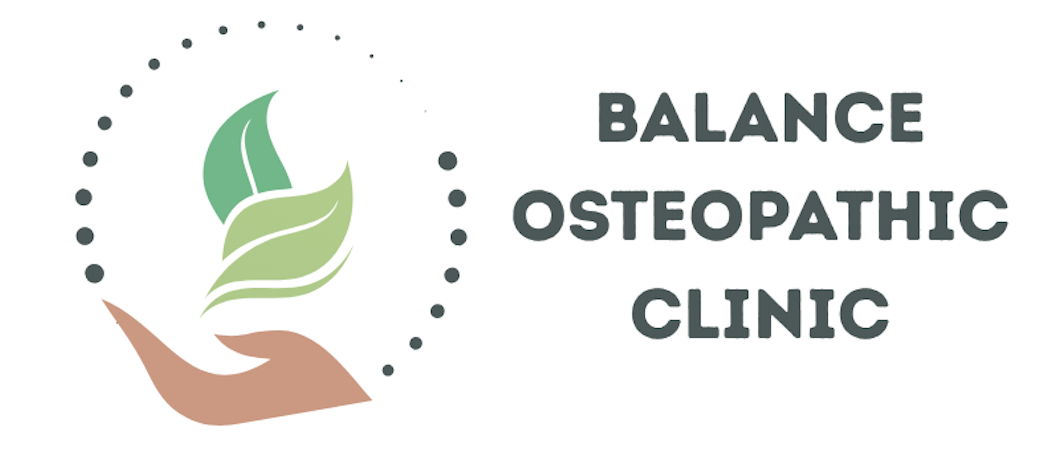Touch, Tradition, and Healing
Reclaiming the Origins of a Hands-On Healing Tradition
When people think of osteopathic medicine today, they often imagine a modern doctor who can prescribe medications, perform surgeries, and also use their hands to help the body heal. But the deeper story of osteopathic medicine is far more rich and rooted—not just in science, but in relationship, touch, and even Indigenous healing practices. To truly understand where this healing art comes from, we need to look beyond textbooks and into the deeper histories often left out of the mainstream narrative.
The Beginning: A.T. Still and a Vision for Healing
Osteopathic medicine was founded in the late 1800s by Andrew Taylor Still, a physician and Civil War surgeon. Frustrated by the harmful and often ineffective medical treatments of his time—like bloodletting, mercury, and arsenic—Still sought a new way to support the body’s natural ability to heal.
His insight was simple but revolutionary: the body is a unit, structure and function are interrelated, and the body contains its own medicine. By working with the musculoskeletal system and improving circulation and nerve function, he believed many diseases could be healed without drugs.
Still’s philosophy wasn’t just theoretical. He saw firsthand that when people live in alignment—with themselves, with others, and even with the natural rhythms of the world around them—they tend to be healthier. His approach to healing was influenced by both personal experience and the wisdom he absorbed from the environment and communities around him.
Native American Influence and the Power of Touch
Raised in Missouri, Still grew up alongside Native American nations such as the Shawnee and the Osage. He observed and respected their healing practices, which emphasized hands-on techniques, herbal medicine, ceremony, and most importantly, relationship.
As writer and bodyworker Susan Raffo notes in her essay Aligning the Relational Field, Still did not invent healing through touch—he remembered it. He synthesized a formal medical system from practices that had already existed in Indigenous communities for generations. These traditions understood health as more than the absence of disease. They saw healing as something that happens within relationship—between people, between body systems, and between humans and the land itself.
In this sense, osteopathy inherits a view of the body that’s not mechanical, but ecological. The same way the health of a river depends on the balance of its tributaries, soil, and wildlife, the health of a person depends on the balance of circulation, movement, emotion, and environment.
This philosophy continues today in how osteopathic treatments work—not just by adjusting bones and muscles, but by restoring flow, reducing stagnation, and reconnecting different parts of the body so they function in harmony.
The First Osteopaths: Rebels, Caregivers, and Innovators
In its early days, osteopathic medicine was considered radical. The first osteopaths were often seen as outsiders within the larger medical world. But they were also deeply committed to care that was hands-on, relational, and grounded in whole-body healing.
And many of those first osteopaths were women. Unlike traditional medical schools of the time, the first osteopathic institutions welcomed female students. This mattered. It shaped a profession that was more attuned to care, listening, and touch—a profession that understood healing as more than procedure.
A Living Tradition
Today, osteopathic physicians (DOs) are fully licensed medical doctors, practicing side-by-side with MDs in every specialty. But many DOs still carry forward the legacy of osteopathy’s roots: a belief in the body’s natural wisdom, the healing power of touch, and the importance of treating the whole person—mind, body, and spirit.
And yet, as Susan Raffo reminds us, this tradition is still unfolding.
"What would it mean to acknowledge that osteopathy, craniosacral therapy, and other touch-based bodywork systems were never 'invented' but were remembered, re-patterned, and systematized from much older ways of knowing?"
By honoring the Indigenous, relational, and ecological foundations of osteopathy, we not only give credit where it’s due—we also deepen our understanding of what healing really means. Osteopathic care, at its best, reconnects us to ourselves and to the natural patterns of rhythm, breath, and flow that support life—just like in nature.
Closing Thought
At my clinic I honor this broader lineage. My approach is not just technical—it’s relational. I practice with the understanding that healing happens in the spaces between systems: between bones and fascia, between nervous system and breath, between person and environment. I believe the body has its own medicine, and my job is to help it remember.
